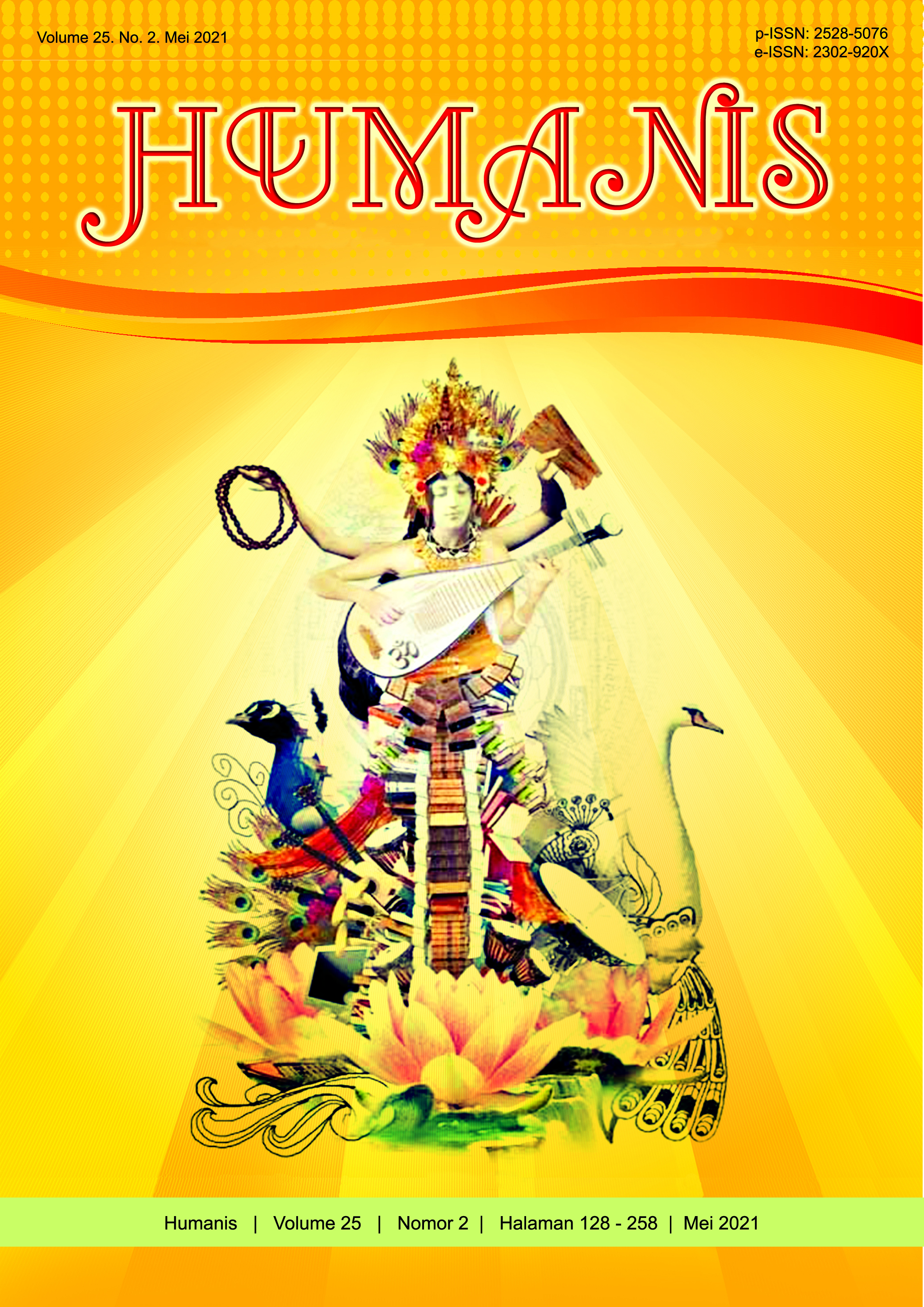Penggunaan Bahasa Slang di Media Sosial
Abstract
One of the dynamics of language use that appears on social media today is the use of slang as a reflection of current language development. This phenomenon is interesting to discuss, especially regarding the purpose of using slang or why slang is widely used when using social media. The data source for this research is the verbal form contained in the author's personal social media such as WhatsApp, Twitter and Instagram, as well as YouTube social media. The documentation method is used in data collection with note-taking techniques, especially slang words. This research is a qualitative descriptive study using the theory of Patridge (1950), which is about 15 purposes for using Slang. The results of the analysis show that slang is used for various purposes, especially as a funny ingredient, to look different and contemporary, to facilitate social relations, to reduce seriousness in conversations, to encourage deep intimacy. There are also other goals such as to present oneself, to avoid pleasantries, to show superiority, and also to do something secretive.
Downloads
References
Alwasilah, Chaedar (1990). Sosiologi Bahasa. Bandung: Angkasa
Antoro, Martinus Dwi. (2018). Bentuk, Jenis, dan Makna Kata Slang Majalah Hai Edisi Januari-Juni 2017. Skripsi: Universitas Sanata Dharma Yogyakarta.
Budiasa & Savitri (2019) Ragam Bahasa Youtuber dan Vlogger Indonesia serta Pengaruhnya terhadap Perilaku Berbahasa. Laporan Penelitian HUPS, Denpasar: LPPM Universitas Udayana
Chaika. (1994). Language the sosialMirror (3rd edition). Boston : Heinle & Heinle Publisher
Hymes, D. (1989). Foundation in Sociolinguistic an Etnography Approach. Philadelphia: University of Pensylvania
Holmes. J. (2001). An Introduction into Liguistics. Harlow: Pearson Education Limited.
Patridge, Eric. Slang (1950) Today and Yesterday. London: Routledge and Kegan Paul
Sari, Ratna Perwita. (2010). An Analysis of Slang Language Types in “Rush Hour 2 Movie”. Jakarta: Universitas Islam Negri
Sudiyanti, N.L et al. (2019). A Descriptive Analysis of Slang Words Used in “Step Up: All In” Movie
Yule, George. (2006). The Study of Language (3rd ed). New York: Cambridge University Press
Zhou, Yanchun & Fan, Yanhong. (2017). A Sociolinguistic Study of American Slang. Theory and Practice in Language Studies, Vol.3 No.12, pp.2209-2213, December 2013. doi:10.4304/tpls.3.12.2209-2213


















